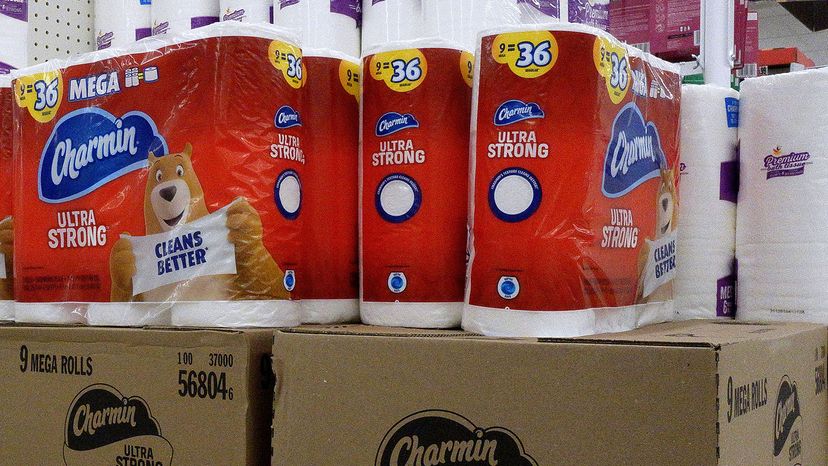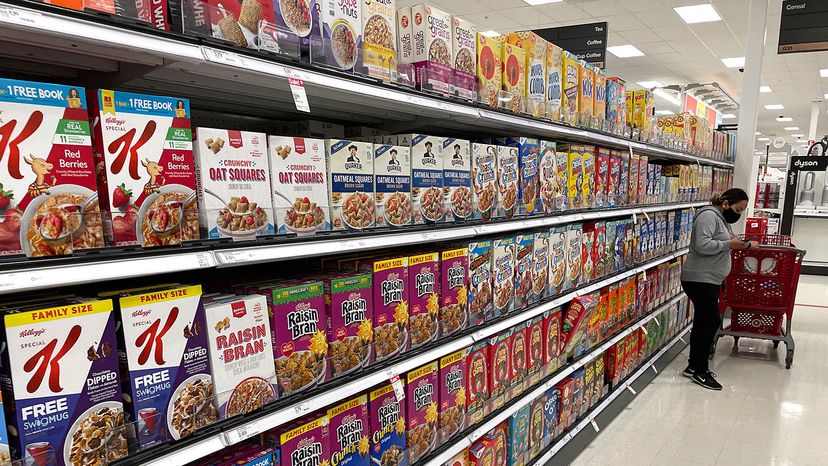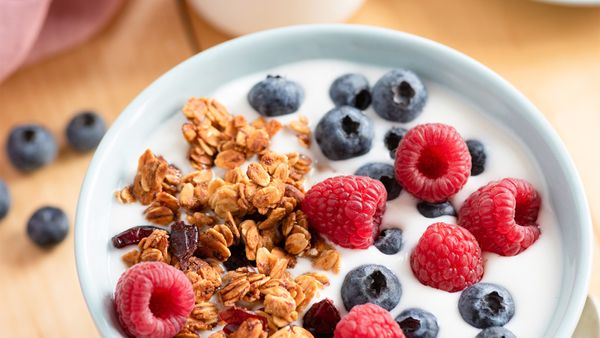Even Dworsky admits that it takes a very special type of consumer to spot shrinkflation, because manufacturers aren't going to advertise the fact — "Now Slightly Smaller!"
"The only way to know if your product has shrunk is to know the size of the products you buy regularly and to double-check when you go to the store," says Dworsky.
Every once in a while, Dworsky or one of his vigilant minions on Mouseprint.org strikes gold and finds the newly shrunken product on the shelf right next to the old version, but that's rare.
If you really want to avoid falling victim to shrinkflation, you'd have to remember that "Family Size" Cinnamon Toast Crunch cereal usually comes in 19.3-ounce boxes, or that Gain laundry detergent comes in a 165 fluid ounce jug. That's hard!
Because brands are doing everything in their power to divert consumer attention away from a product's actual net weight or sheet count. Not only do old and new packages look almost identical, but they employ marketing terms like "family size" and "mega size" that don't have any real meaning.
"I worry from a consumer protection standpoint that brands are habituating shoppers into buying by 'size word' rather than the actual net weight of the product," says Dworsky. "Meanwhile, the new 'mega' roll from Charmin is almost 400 sheets less than the original 650-sheet Charmin roll of the 1960s." (To be fair, those old rolls were single-ply, and the new stuff is two-ply, but still...)
If you notice that your favorite product is shrinking, your only real option is to compare its price with competitors, including store brands. To do that, don't look at the retail price, because even competing products come in different sizes. Dworsky says that you need to look for the "unit price," which is the price per ounce or pound or gallon. That's the only way to make an apples-to-apples price comparison.
As a general rule, though, store brands (aka "generic") are the last ones to downsize, says Dworsky. And their quality is usually just as good as the store brands, so they can be great substitutes.
Finally, watch out for words like "new and improved" on a package label. This might just be a tip-off that the packaging has changed or the product amount is less, rather than any real "improvements" being made.




